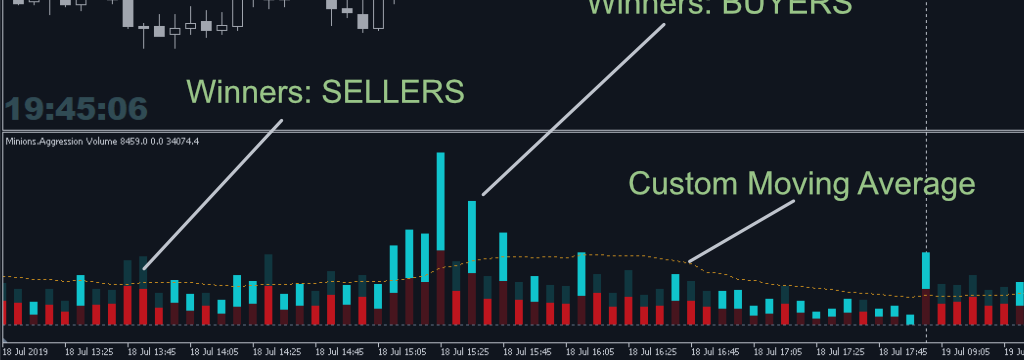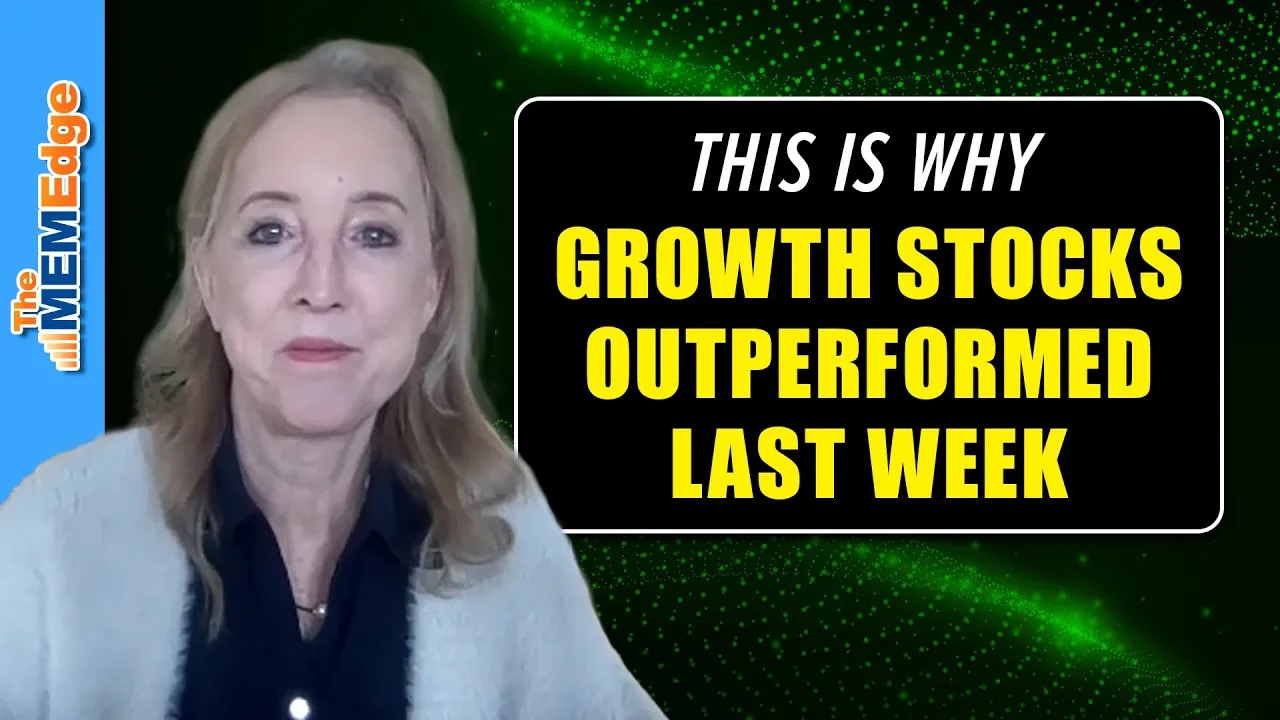Capturing the momentum phenomenon – Nvida vs Tesla | chart of art

 The phenomenon of momentum has been a fixture in the U.S. stock market for decades. There are two types of momentum to consider: absolute momentum and relative momentum. Absolute momentum indicates the underlying trend (up or down). Relative momentum quantifies the strength of an upward trend and compares it to other stocks in the index. The dual momentum strategy uses both types of momentum to trade the strongest stocks in an index. Let’s look at two examples.
The phenomenon of momentum has been a fixture in the U.S. stock market for decades. There are two types of momentum to consider: absolute momentum and relative momentum. Absolute momentum indicates the underlying trend (up or down). Relative momentum quantifies the strength of an upward trend and compares it to other stocks in the index. The dual momentum strategy uses both types of momentum to trade the strongest stocks in an index. Let’s look at two examples.
The chart below shows the price chart of Nvidia (NVDA) with its 200-day SMA and the indicator window showing a percentage above the MA (1,200,1). NVDA crossed its 200-day SMA in January 2023 and remains well above this long-term trend indicator. Absolute momentum is bullish. This means the stock is in an upward trend.

Now we need to quantify the strength of this upward trend. The indicator window shows the percentage difference between the closing price and the 200-day SMA. This indicator provides “numbers” that can be used to measure upward trends and compare performance. For example, the close was 20.38% above the 200-day SMA on December 7th. MA Excess Percentage is one of 11 indicators for the TIP Indicator Edge plugin (here).
The following chart shows Tesla (TSLA) for comparison. TSLA was also in an upward trend (absolute momentum) above its 200-day SMA on December 7th. However, compared to NVDA, TSLA was not very strong as it was only 7.95% above its 200-day SMA.

The reason I chose December 7th is because TrendInvestorPro’s composite breadth model is bullish and our momentum strategy is fully invested. We run a dual momentum rotation strategy on Nasdaq 100 and S&P 500 stocks. Both strategies chose NVDA as one of the 10 stocks in their portfolios.
This strategy performed very well from early December to mid-February, generating large gains in AVGO, CRWD, PANW, LLY, META, and NVDA. Like the broader market, these strategies are likely to expand and fall (plunge). I am not considering the pullback or timing of the pullback, but I would like to note that pullbacks can provide an opportunity to start a strategy. Click here to learn more about our strategy and see detailed performance metrics.
////////////////////////////////////////////////

CMT Arthur Hill is the Chief Technology Strategist at TrendInvestorPro.com. Focusing primarily on U.S. stocks and ETFs, his systematic approach to identifying trends, finding signals within trends and establishing key price levels has made him a respected market technician. Arthur has written articles for numerous financial publications, including: Barons and Stocks and Commodities Magazine. In addition to his Chartered Market Technician (CMT) qualification, he holds an MBA from Cass Business School, City University of London. Learn more



